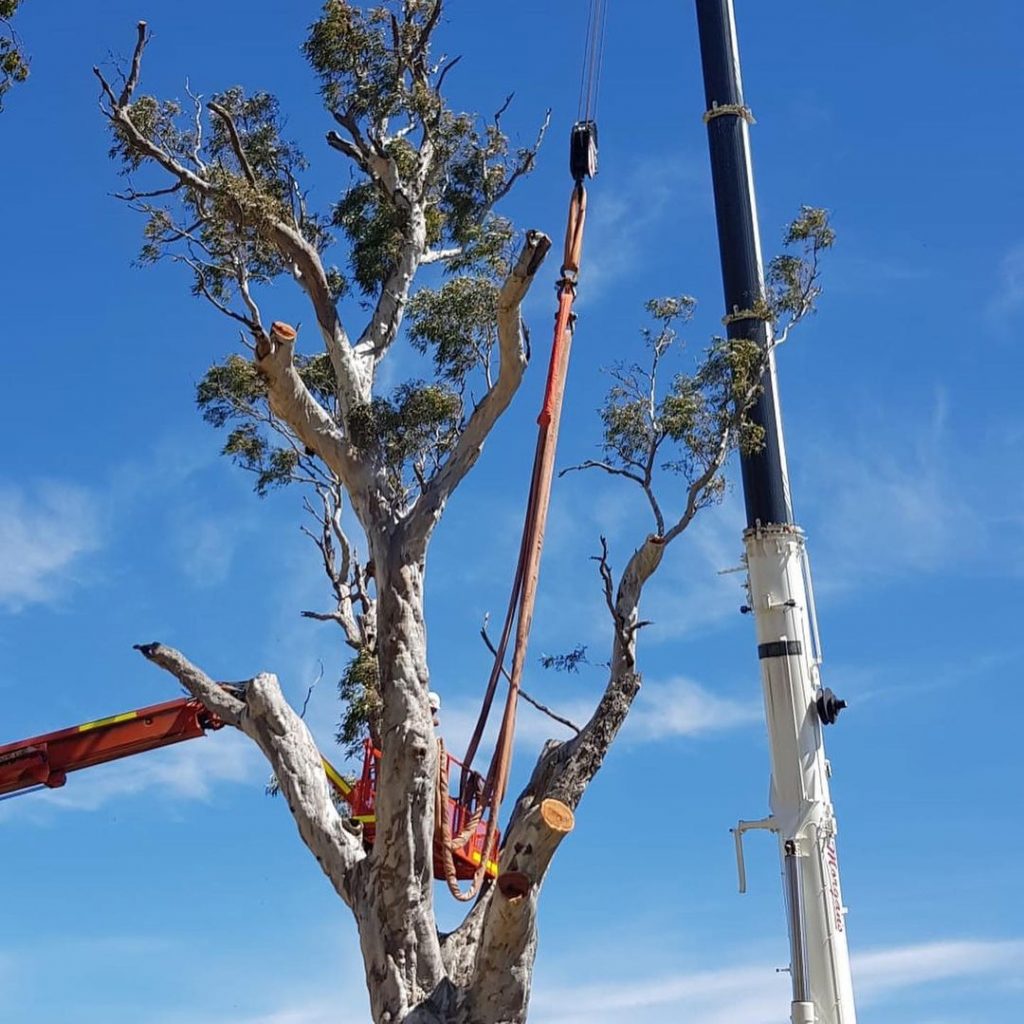All Categories
Featured
The removal of trees can create open areas that are prone to weed invasion. When trees exist, their thick canopies commonly color the ground, restricting the amount of sunlight that reaches the soil. After the elimination of trees, these open areas receive enhanced sunlight, supplying optimal conditions for weed development.

They may advise the use of mulch, which acts as a safety obstacle on the dirt surface, protecting against weed seeds from germinating and reducing weed growth.

The presence of trees fosters an abundant and diverse community of soil microbes. Tree origins offer a resource of raw material, exudates, and nutrients that support the development and activity of useful soil bacteria. Nonetheless, when trees are eliminated, the absence of their roots can interfere with the fragile balance of the soil's microbial environment.
How Much Does It Cost To Have A Tree Services Wollongong?
This change in pH can affect nutrient schedule, microbial task, and overall soil health and wellness. To attend to the effects of tree reducing on soil pH, tree removal professionals can give valuable recommendations. They may advise soil testing to analyze the present pH levels and identify the essential adjustments. Based on the outcomes, experts can recommend pH change approaches, such as including lime to elevate soil pH or including essential sulfur to reduce it.

It refers to the compression of soil particles, leading to reduced pore space and increased soil density. This compaction can negatively affect the dirt's capacity to function efficiently, influencing its water-holding ability, vitamins and mineral schedule, and root infiltration. Proper strategies utilized by tree removal specialists can aid reduce compaction and maintain the dirt's capacity to maintain water, and permit sufficient airflow and mindful devices handling.
Latest Posts
Who Has The Best Tree Arborist Wollongong?
Who Has The Best Tree Removal Wollongong Service?
How Much Does It Cost To Have A Tree Cutting Services Wollongong?